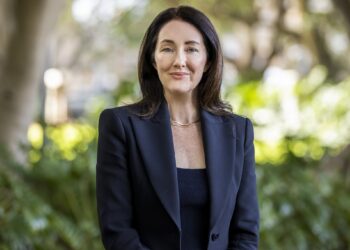UniSuper has made significant progress on committing to net-zero emissions as overall fossil fuel exposure has halved from 5% to 2.5%.
The $100 billion superannuation fund was targeting reduced carbon emissions in line with the Paris Agreement and 26% of the portfolio was already expected to be carbon neutral by 2022.
Some 40 out of its top 50 Australian investments, and 66% of the full portfolio, had set Paris-aligned targets, up from 34 in 2020, and a further five had committed to set them by the end of 2021.
The level of fossil fuel exposure in the fund had fallen from 5% to 2.5% while the percentage of the fund exposed to fossil fuel extraction was 0.4%.
This progress had been achieved by divesting certain positions, opting not to increase existing positions and avoiding those companies where more than 10% of their revenue came from mining thermal coal.
Chief investment officer, John Pearce, said: “There is no doubt in my mind that the collective action of large investors like UniSuper has played a significant role in driving that behaviour. We strongly believe that engaging with companies and helping them progress toward these targets represents a more meaningful contribution to achieving the Paris goals than divestment – which effectively transfers fossil fuel exposures”.
The fund offered three options which were designed to avoid companies involved in the production, generation of transmission of coal, oil and gas and these had $12 billion in funds under management.
Its Global Environmental Opportunities option, which invested in companies who earnt their revenue from providing environmental solutions, had delivered returns of 48.9% over the last financial year.




